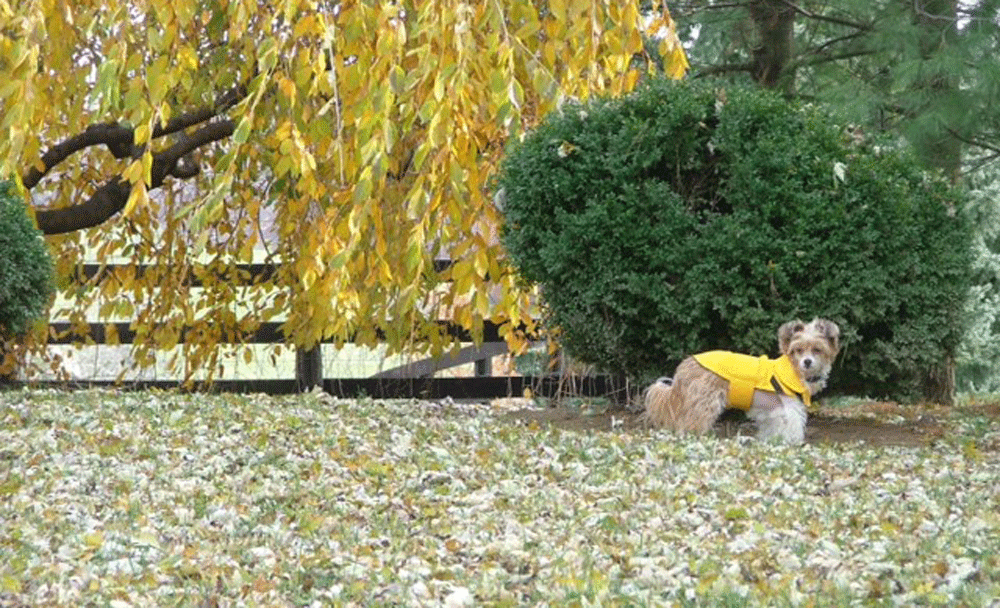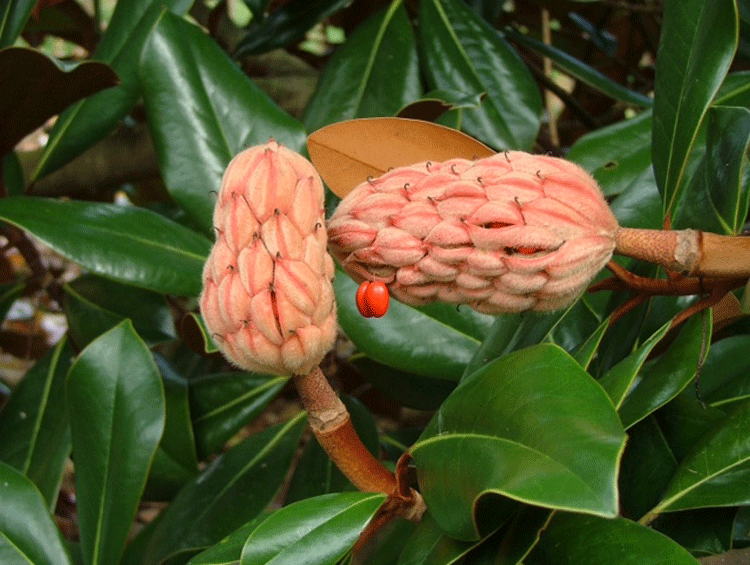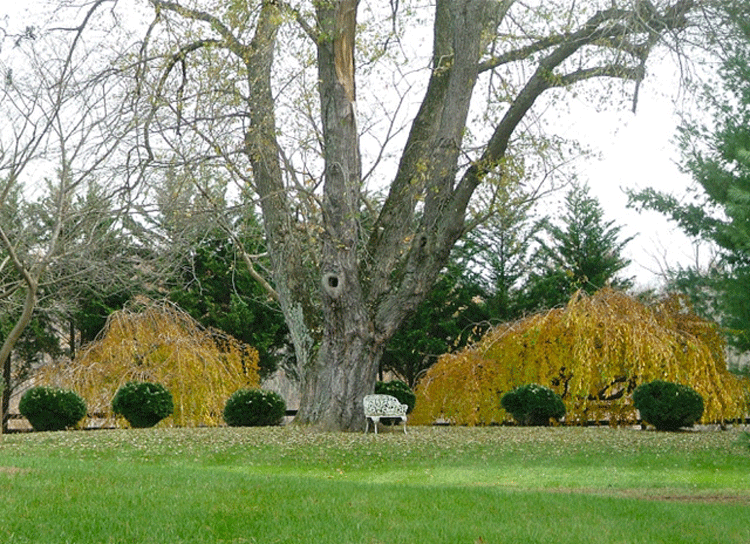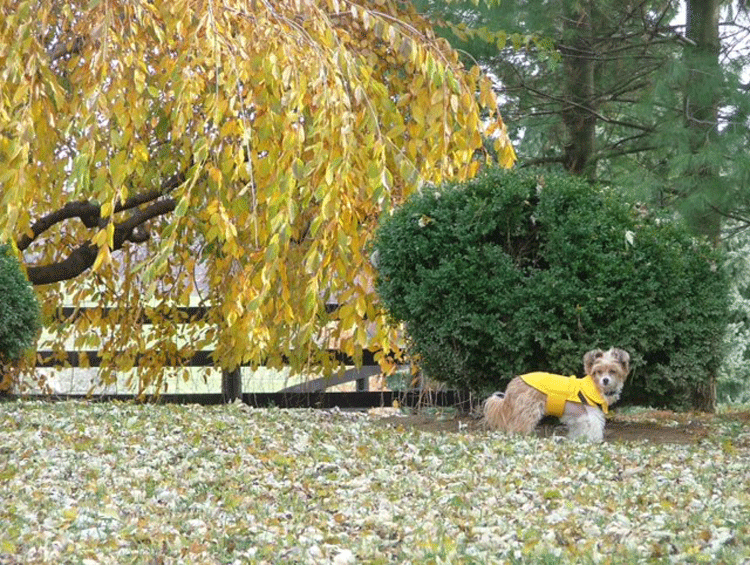Planning & Planting Your Fall Garden

By Dulcy B. Hooper | Photos by Richard Hooper
Summer is more than underway, and for those gardeners who painstakingly planned and planted their spring gardens, the rewards have no doubt been worth every bit of time and effort. For non-gardeners, the local farmers’ markets and even grocery stores are offering an abundance of fresh, locally grown produce and summer flowers.
While summer is hands-down the highlight for vegetable gardens, fall gardens can bring their own share of rewards. A little time and research is required — comparing the number of days to harvest certain vegetables, and subtracting that from the average date of fall’s first frost.

There are quick crops that can go from seeds to ready-for-harvest in 40 days or less — arugula, radishes, kale, spinach and turnips, among others. Some vegetables are hardy enough even to handle a bit of frost — beets, carrots, broccoli and cauliflower. Chrysanthemums and decorative cauliflower plants offer a variety of color for your yards and front porches.
There are many resources for gardeners and would-be gardeners to help determine the best crops and flowering plants for fall gardens. Once you count backward from the first frost date, some gardening experts recommend adding an additional two weeks, as the shorter days of fall may impact plant growth. You’ll need to plan for “Indian summer” heat just in case temperatures linger above normal and require extra watering. Fall is also the perfect time to “set your landscape straight,” according to Darcy Justen, president of the Middleburg Garden Club. Justen has kindly offered the following suggestions, which are sure to lead to an even better landscape next year:
1. Get a soil test. August is a good time of the year to spend $7 on a soil test. Get one through the Loudoun County Master Gardener program at the extension office in Leesburg, Virginia. A soil test can show where your soil’s pH levels stand and, if needed, you can change it by using the proper amounts of lime this fall.
2. Amend soil. Place your leaves, compost, peat moss, earthworm castings, minerals and mulch in layers and keep layering. It will do the trick.
3. Divide and transplant. This is a great time of year to move plants to a fresh location or give them away to friends. So, look around your property and find clever new ways to use them; and, don’t forget seedlings — they will be 3-4” by now and you can move them as well.
4. Plant spring bulbs. It might be your only regret come spring, should you forget to plant bulbs. Whether you plant 20 or 200 flower bulbs, don’t forget to do it now! The reward will come in the form of early, mid or late spring blossoms, and you can stagger their bloom time so that you can have fresh flowers from March through May.
5. Clever ideas for free plants. There are lots of shrubs that by forcing a branch down into the soil will take root by spring. These newly created offshoots are perfect as free plants or gifts. This technique works well on the bottom branches of spirea, chaste tree, hydrangea, climbing roses, forsythia, rhododendron, quince honeysuckle, boxwood, azalea and even clematis; all will root once buried in dirt. When carefully extracted from the soil, there will be plenty of roots to replant in a new spot.
6. Mulch, mulch, mulch. Mulch is everyone’s friend in the garden because of how well it protects plants.

7. Plant trees. Make sure new trees get plenty of water, but don’t fertilize them until spring.
8. Cut back and collect seeds. Yes, cut all plants back and use the time to collect seeds for next year. When you cut all the dead growth, it rejuvenates plants and makes them healthier for |the next year.
9. Spread your leaves. Leaves don’t belong in bags; they belong in plant beds. A leaf shredder — shredding leaves and putting them in beds — will be a gift to your soil.
10. Protect your plants. If you are going to the trouble of planting a tree, you need to complete the final step by putting wire around it and saving it from the deer.
11. Weed control. Pulling now will save you time come spring.
12. Protect your property from invasive vines, plants, trees and shrubs. They spread easily and efficiently, usually by wind, water or animals. They grow rapidly, allowing them to displace slower growing native plants. Don’t use chemicals, but do pull them out.
Happy fall gardening! ML



